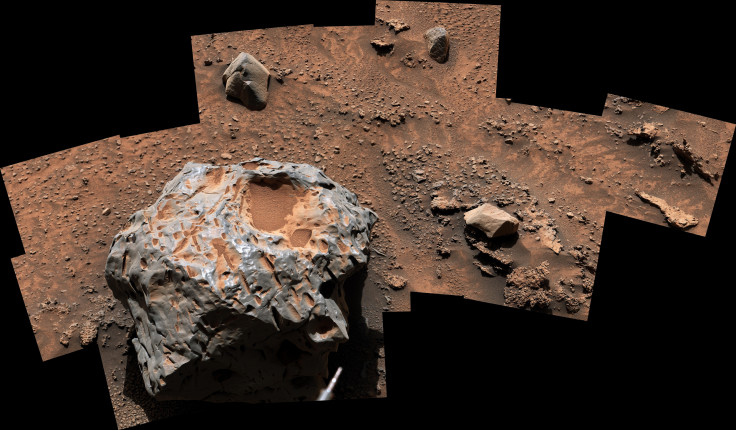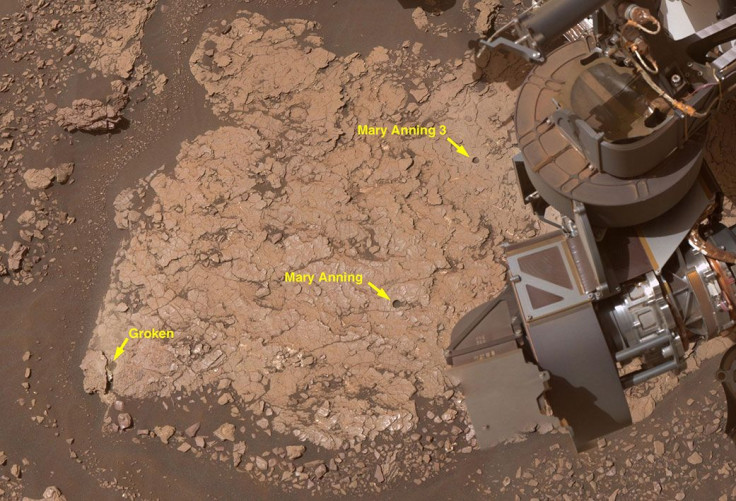NASA's Curiosity Rover Discovers Metal Meteorite On Mars [Photo]

KEY POINTS
- The iron-nickel meteorite was named "Cacao"
- The rover found the meteorite on Mount Sharp on Jan. 28
- Curiosity has recently reached the "sulfate-rich" mountain
The Mars Curiosity Rover of the National Aeronautics and Space Administration (NASA) has discovered a metal meteorite while exploring the Red Planet.
The iron-nickel meteorite, named "Cacao" by the agency, was found on Jan. 28, Curiosity's 3,725th day on Mars, NASA reported.
"NASA's Curiosity Mars rover captured this image of an iron-nickel meteorite nicknamed 'Cacao' on Jan 28. 2023, the 3,725th Martian day, or sol, of the mission," the agency stated.
The meteorite was discovered in a region on Mars' Mount Sharp, 1,300 feet high sulfate-rich mountain landed by Curiosity just last year. The space object is one of the several meteorites the rover has seen while exploring Mars, per NASA.
"Curiosity's Mast Camera, or Mastcam, took the panorama with its 100-millimeter focal length lens," NASA explained. "The panorama is made up of 19 individual images that were stitched together after being sent to Earth. The color has been adjusted to match lighting conditions as the human eye would perceive them on Earth."

The photo above shows the meteorite's initial discovery on Jan. 27. It is made up of six individual images captured by Mastcam's 34-millimeter focal length lens.
The Curiosity mission is led by NASA's Jet Propulsion Laboratory in Pasadena, California.
In October, Curiosity reached Mount Sharp after a long journey. The region has been reported to contain different minerals, which could prove useful in studying Mars' climate in the past.
According to an earlier report, the minerals were discovered by NASA's Mars Reconnaissance Orbiter years before Curiosity landed in 2012. Scientists have been aiming for an up-close look at the terrain since discovering the region.
"Soon after arriving, the rover discovered a diverse array of rock types and signs of past water, among them popcorn-textured nodules and salty minerals such as magnesium sulfate (Epsom salt is one kind), calcium sulfate (including gypsum), and sodium chloride (ordinary table salt)," NASA reported.
The rover has recently marked its 10th year on Mars, having driven nearly 18 miles and ascended 2,050 feet.

© Copyright IBTimes 2024. All rights reserved.











